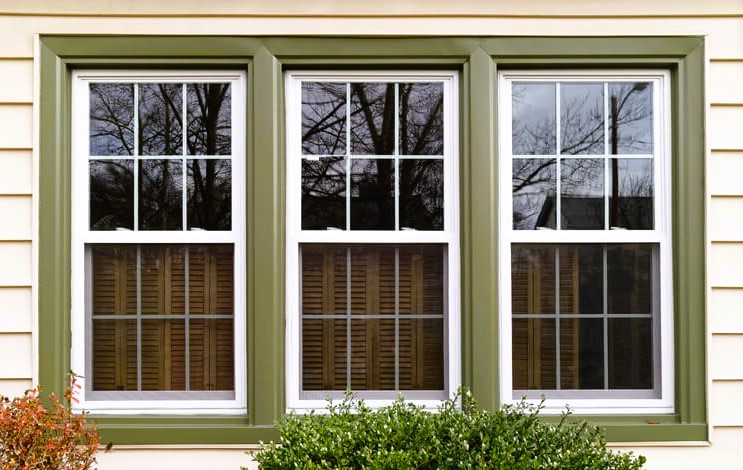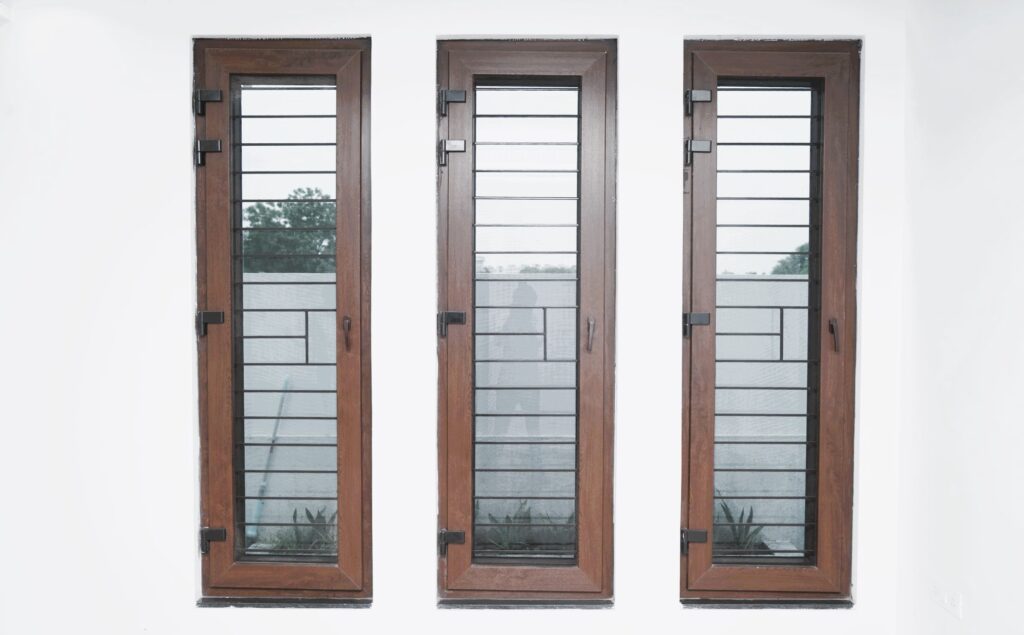Eco windows have revolutionized the way we think about windows by offering energy efficiency, sustainability, and enhanced comfort. As technology continues to advance, the future of eco windows looks promising, with innovative features and trends emerging to further improve their performance. This article explores the future of eco windows, highlighting the latest innovations and trends in sustainable window technology. Additionally, standardization organizations provide valuable resources for further information on this subject.
- Smart Window Technology
Smart window technology is poised to transform the way we interact with our windows and enhance energy efficiency. These windows incorporate sensors, controls, and electrochromic or thermochromic materials to automatically adjust their properties based on external conditions. For example, smart windows can respond to sunlight intensity by tinting or controlling the amount of light transmission, reducing the need for artificial lighting and minimizing heat gain. This technology also allows homeowners to control window settings remotely, maximizing energy savings and comfort.
- Self-Cleaning Coatings

Maintaining clean windows can be a time-consuming task. However, self-cleaning coatings are emerging as a solution to this problem. These coatings are designed to repel dirt, dust, and water, making it easier to clean the windows and reducing the frequency of cleaning. Some self-cleaning coatings also possess photocatalytic properties, which use sunlight to break down organic materials on the surface of the window. This innovation not only saves time and effort but also contributes to a more sustainable and eco-friendly approach to window maintenance. Ottawa’s path to a zero-waste future, read more in our Waste Management article.
- Energy Generation and Integration
Future eco windows have the potential to generate energy and contribute to the overall energy needs of a building. Integrated solar technologies allow windows to harvest solar energy and convert it into electricity. These energy-generating windows, also known as solar windows, utilize transparent solar cells that can be seamlessly integrated into the window design. This innovation not only improves energy efficiency but also reduces the reliance on external power sources, making buildings more self-sufficient and sustainable.
- Enhanced Insulation and Glazing
Continued advancements in insulation and glazing technologies will play a significant role in the future of eco windows. Multiple layers of low-emissivity (low-E) coatings, advanced gas fillings, and vacuum-insulated glazing are being developed to further improve thermal performance and energy efficiency. These innovations aim to reduce heat transfer, minimize condensation, and provide better insulation values, enabling homeowners to maintain comfortable indoor temperatures throughout the year while reducing energy consumption.
- Sustainable Materials and Manufacturing Processes
The future of eco windows is also focused on sustainable materials and manufacturing processes. Window manufacturers are exploring alternative materials, such as recycled glass, responsibly sourced wood, and bio-based composites, to reduce the environmental impact of window production. Additionally, efforts are being made to optimize manufacturing processes, minimize waste, and improve the overall sustainability of window manufacturing.

Standardization Organizations
Standardization organizations provide valuable insights and guidelines for the future of eco windows. The following resources offer information on window technology and trends:
- Wikipedia – “Window“
These resources provide comprehensive information on window technology, energy efficiency, and sustainable housing practices.
Conclusion
The future of eco windows is promising, with innovations and trends focused on enhancing energy efficiency, sustainability, and user comfort. Smart window technology, self-cleaning coatings, energy generation, enhanced insulation, and sustainable materials are driving the evolution of eco windows. These advancements not only contribute to energy savings but also create a more comfortable and sustainable living environment. Consulting resources from standardization organizations offers valuable guidance on window technology and trends.

